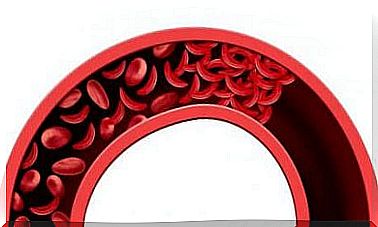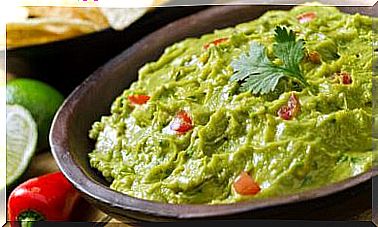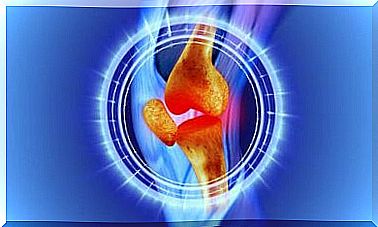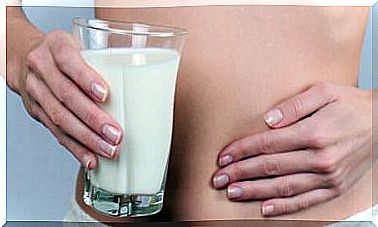How Gelatine Helps Your Joints
Gelatine can be prepared in many different ways in the kitchen. Learn here how this is helpful for your joints too!
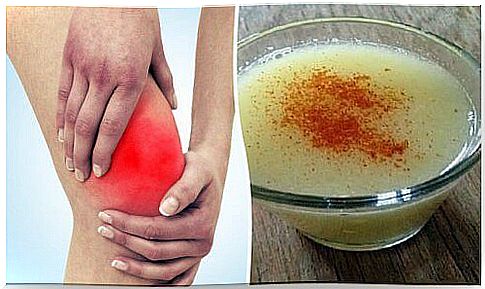
Gelatine is out of the question for people who are vegan. But if you haven’t cut animal foods from your menu and want to do something for your joints, you should read on.
Gelatine is always of animal origin
It is in itself a substance made from animal protein, which is produced from the connective tissue of various animal species, especially pigs and cattle. This is mostly done from slaughterhouse waste.
In medical technology, it is used, among other things, to coat implants such as vascular prostheses. The gelatine pills that are available as dietary supplements do not contain this tough food gelatine, but water-soluble collagen hydrolyzate.
This should be better absorbed by the body and be able to be installed again at the points in the body where it is needed.
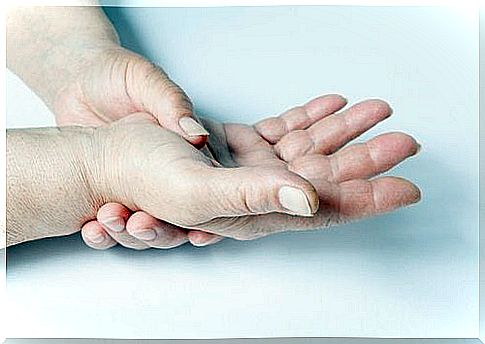
Does gelatine help with osteoarthritis?
It can be supportive in the treatment of osteoarthritis. The prerequisite for this, however, is that the parts of the body affected by wear still have regenerative cartilage.
If the cartilage is so badly worn or damaged that it can no longer regenerate, gelatin therapy will no longer help.
The gelatine absorbed with the capsules is incorporated into the cartilage that is still present and cannot work miracles and build new cartilage in the joints in cartilage-free areas.
So anyone who suffers from a type of osteoarthritis that is not very advanced can improve their condition.
Not only for the treatment of osteoarthritis, but also for the prevention of damage to the joint cartilage, it is a useful addition to the daily diet.
Because if the articular cartilage is well nourished, it is not as easy to damage as cartilage that is already less well built up.
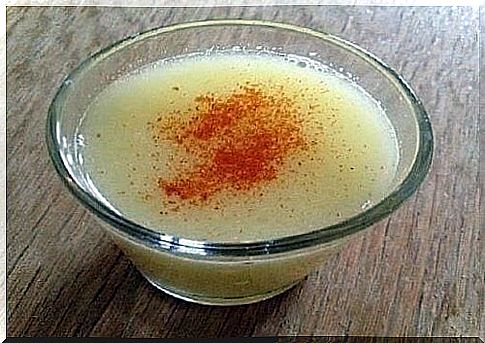
Reduce pain!
It can also help with overuse pain in the joints. However, it must be taken preventively over a longer period of time so that this effect can be achieved.
So it is of no use to swallow some gelatine the day before the mountain hike with many meters of altitude in order to stress your knees carefree when hiking downhill the next day!
However, if you know that a mountain tour that puts stress on your joints is coming up in a few weeks, you can start taking gelatine in the long term and achieve a protective and preventive effect.
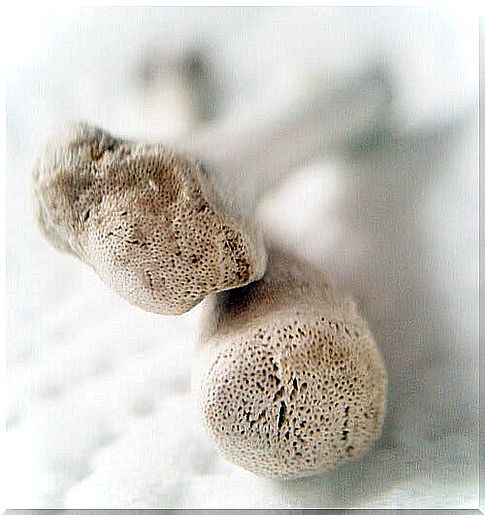
It makes bones more elastic
Even with degenerative diseases of the spine, it can bring noticeable relief and thus ultimately even reduce pain and ensure more mobility in everyday life.
Osteoporosis is the most common aging disease of the bones and affects many. Broken bones are the result of bones that have become porous as a result of the disease.
In osteoporosis, it can keep the bones more elastic, lower the risk of a bone fracture and help reduce pain.
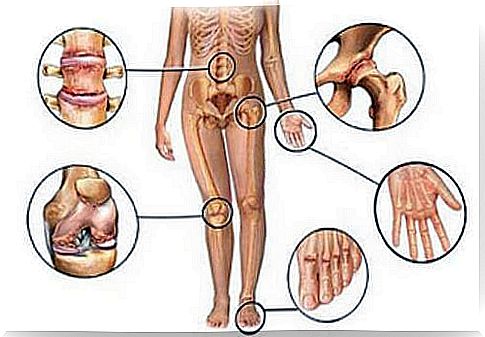
It prevents joint wear
Not only old people can enjoy the benefits of gelatine. Competitive athletes, for example, have also discovered gelatine to prevent joint wear and tear.
Competitive sport puts an enormous strain on the joints, which is why it makes sense to prevent premature wear and tear.
Studies suggest that gelatin has a regenerative effect on bones, cartilage, tendons and ligaments. It is therefore well suited for all age groups: for prevention for young people and for therapy for older patients.
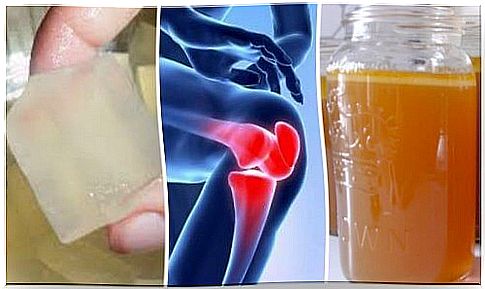
How do I use gelatine correctly?
For therapy as well as for prevention, it is important not to use the well-known gelatine forms such as gummy bears or jello. These contain a lot of sugar and therefore a lot of calories.
An increased calorie intake inevitably leads to obesity and thus stresses the joints many times over!
Therefore, it is really advisable to take gelatine capsules from the range of dietary supplements or buy gelatine granules in grocery stores and drink them mixed with a glass of water.
If you don’t like the taste of gelatine, you can stir the gelatine into juice or cold tea, but never into hot drinks, as gelatine melts at around 50 degrees Celsius and then becomes the “goo mass” that makes the jello.
As long as the drink is warm, the mass will not gel. However, when it cools down, the fruit juice slowly solidifies. Completely chilled in the refrigerator, a healthy type of jelly as dessert – but less appetizing as a warm drink.
